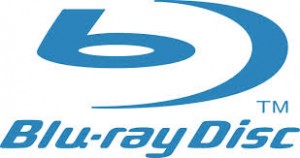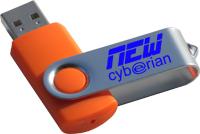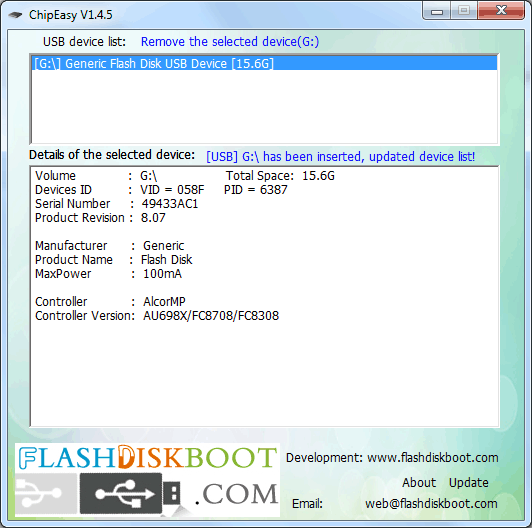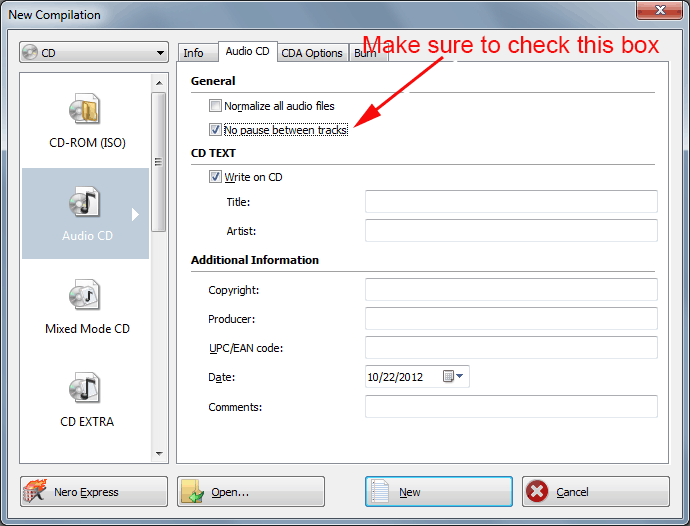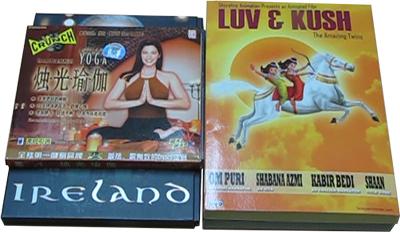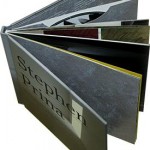Blu-ray Replication for Independent Filmmakers
Despite the debate over how long Blu-ray will last continues, we cannot ignore the fact that the number of households with Blu-ray players continues to rise and the cost of Blu-ray players has dropped to the consumers’ comfort level. On top of that, the price of high-definition TVs is sliding. Like it or not, the demand for high-definition video such as Blu-ray is there.
But who will buy a Blu-ray disc instead of streaming from the Internet? Based on the titles we have helped replicate, we found that contents targeting the baby boomers account for most of the titles. Bill Matson, an independent filmmaker and producer for Fight to the Wall, told us that most buyers of his movies have Blu-ray players at home and prefer Blu-ray to DVD. They won’t mind paying a few bucks more for Blu-ray. In fact, these few bucks are good enough to cover the higher replication cost.
I hope I have convinced you on the finance side that releasing a Blu-ray title is not as expensive as you might have thought. True, there is AACS license and other minor fees. But once diluted by the volume they will become insignificant. Your few bucks from the customers will be more than enough to cover that. What deters you from having a Blu-ray release may be technical and the cumbrous procedure of getting the AACS license. Fortunately, we have all the solutions.
Getting the right format for replication
Most Blu-ray authoring software can only output authoring results in BD-MV format. BD-MV is good for duplication and it is good for you to burn the content onto a Blu-ray recordable. But if you need replication, i.e. making a glass master and stamper to stamp the disc from raw plastic, then BD-MV is useless. The acceptable format is called BD-CMF. There are only a few expensive pieces of software on the market that can output BD-CMF, Roxio DVDit ProHD, and Scenarist BD Studio for example.
To get over this obstacle, New Cyberian will accept Blu-ray replication orders in BD-MV format. We will convert the BD-MV format into BD-CMF format for you. Now you can use your Final Cut Pro X, Adobe Encore, and any other authoring software to create your Blu-ray title and don’t have to worry about the technical nuance.
Getting the AACS license
To make Blu-ray replication process even easier, we will help you apply for the AACS license. Forget about filling up all the forms and the delay in getting approval from the AACS, New Cyberian will make the application for you on your behalf.
Contact for Blu-ray Replication
Contact New Cyberian if you need Blu-ray replication. We are the only independent filmmakers-friendly company that understands your difficulties and have solutions for you. Please find out more pricing and production information from our website at www.newcyberian.com.

